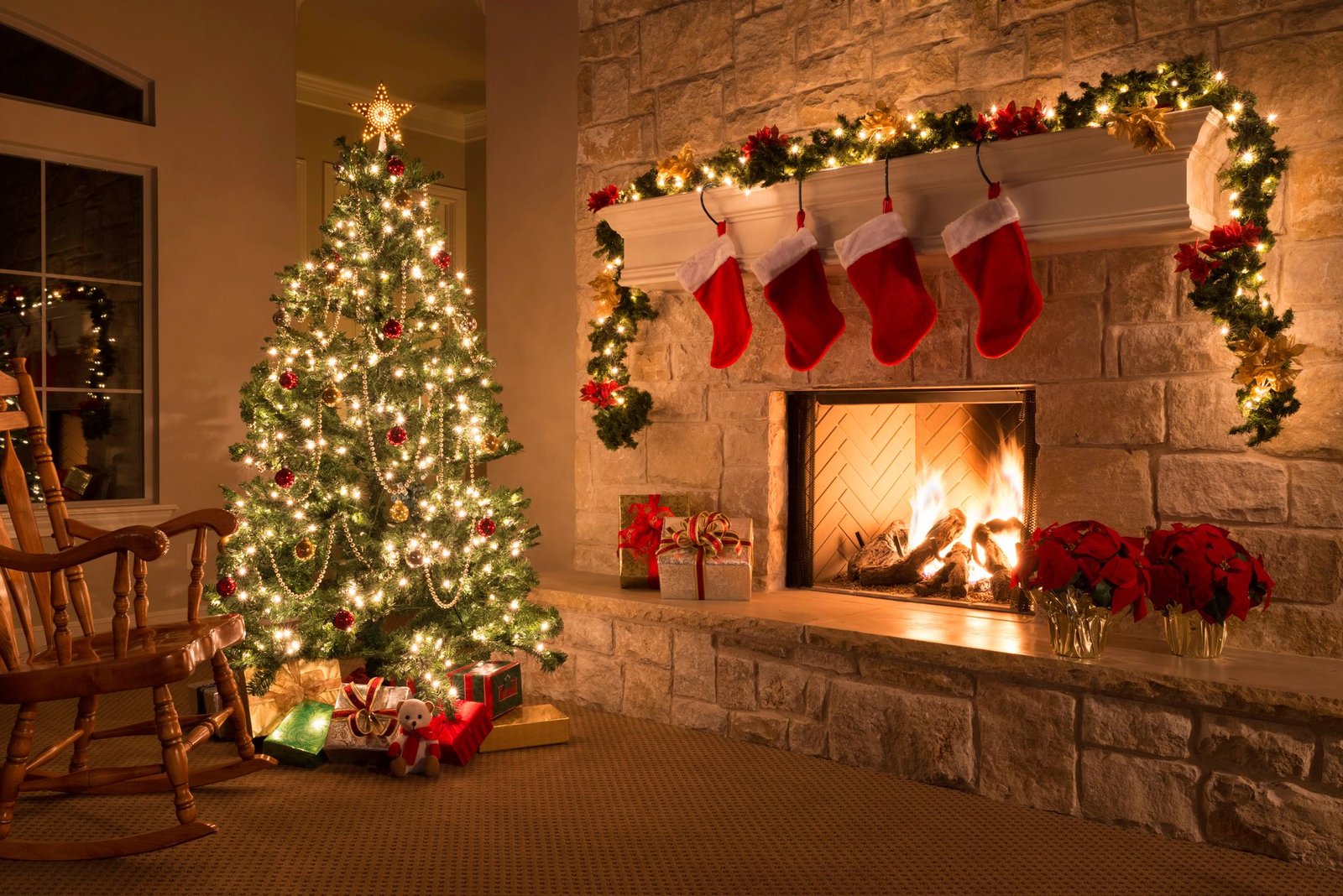The holiday season is upon us, and as the days grow shorter and colder, our neighborhoods begin to transform into dazzling displays of twinkling lights. From modest strings draped across rooftops to extravagant light shows that can be seen from miles away, the tradition of decorating with lights has become synonymous with Christmas. But have you ever wondered why we adorn our homes with these luminous decorations?
Here are some of the main reasons:
Winter solstice celebration
To understand the origins of decorating with lights during Christmas, we must travel back in time to ancient winter solstice celebrations. Before Christianity spread across Europe, pagan cultures celebrated the winter solstice as a way to mark the longest night of the year and welcome the return of longer days. Lighting bonfires and candles was a common practice during these celebrations as a symbol of hope and warmth amidst the darkness. As Christianity took hold in Europe, many pagan traditions merged with Christian rituals, giving rise to unique customs like decorating with lights for Christmas.
Community and tradition
Decorating with lights has evolved into a cherished tradition that brings communities together during the holiday season. Adorn homes and streets with twinkling lights foster a sense of unity and spread joy throughout neighborhoods. Families often make it an annual event to decorate their homes together or organize neighborhood lighting competitions. The camaraderie that emerges from these shared experiences strengthens bonds within communities and creates lasting memories that transcend generations.
Aesthetic appeal
There’s no denying the visual allure of Christmas lights. The soft glow emitted by thousands of tiny bulbs instantly transforms any space into a magical wonderland. Whether it’s intricate light displays synchronized to music or elegant strings illuminating a cozy porch, the aesthetic appeal of Christmas light installation is undeniable. The mesmerizing effect they create evokes feelings of wonder and nostalgia, transporting us back to childhood memories of eagerly awaiting Santa’s arrival.
Commercial and marketing influence
In our modern consumer-driven society, the commercial aspect of Christmas must be noticed. Retailers capitalize on the festive spirit by adorning their stores with elaborate light displays, enticing shoppers to enter and indulge in holiday shopping. The influence of marketing has also played a significant role in popularizing outdoor lighting displays for homes. As technology advances, more options become available, from energy-efficient LED lights to programmable light shows, giving homeowners endless possibilities to create dazzling displays.
Symbolism of light
Beyond their aesthetic appeal and commercial influences, Christmas lights hold symbolic meaning that resonates with many. Throughout history and across cultures, light has been associated with hope, renewal, and spiritual enlightenment. In Christian traditions specifically, Christmas lights are seen as a representation of Jesus Christ as the “Light of the World.” The act of illuminating our homes during this season represents the hope and joy that Christmas brings.
Conclusion
As we delve into the reasons why people decorate their homes with lights for Christmas, it becomes clear that this tradition goes far beyond simple ornamentation. From ancient solstice celebrations to modern-day expressions of community and creativity, decorating with lights has become an integral part of our holiday traditions. Whether you find joy in creating an extravagant light show or prefer a more modest display, the magic behind the glow remains universal. So this holiday season, embrace the warmth and wonder that Christmas lights bring, and let your light shine bright for all to see.

















